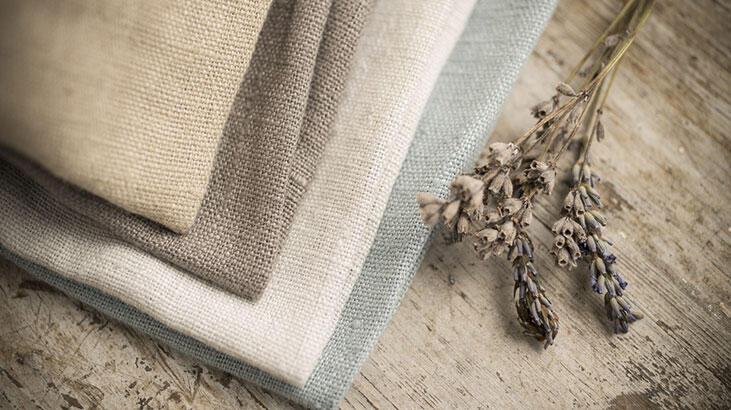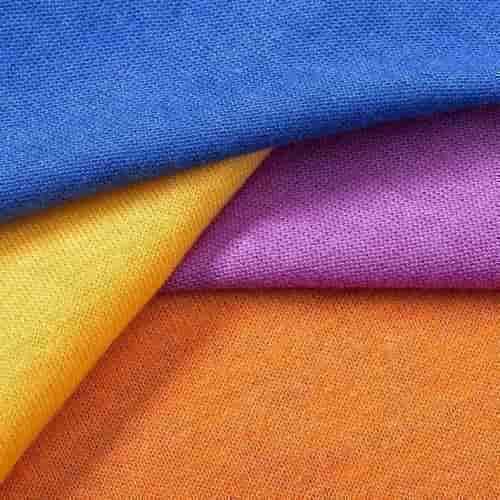All About Jersey Fabric

What is Jersey Fabric?
How is Jersey Fabric?
Does Jersey Fabric Make You Sweat?
Jersey Fabric’s Features
Jersey Fabric’s Usage Areas
Is Jersey Fabric Flexible?
Does Jersey Fabric Shrink When Washed?
Does Jersey Fabric Make You Warm?
Jersey fabric, which has been used since the early 1700s, was first produced in France. The product, which was later imported to European countries, began to be widely used around the world from the 1900s. The fabric, named after the Island of Jersey, is generally used in the production of summer and seasonal clothes. All about jersey fabric will be explained below.
One of the most important features of it is that it can be used with winter fabrics such as cotton and wool. This type of fabric, which makes cardigans more flexible, is also used in the manufacture of lower clothing products such as skirts, tights and trousers.
What is Jersey Fabric?

Jersey is an imported fabric type produced with yarn fabrics. France, Belgium and Germany are the leading countries where it is produced the most. It is expensive because it is imported.
How is Jersey Fabric?
It is a type of fabric that is both thin and durable, does not sweat and does not shrink. It can be produced in any color according to the demands of the customers. One of its most important features is that it is water resistant. They are also used in the manufacture of skirts and trousers, are stain-proof.
Thick cotton jersey sweatshirts can be worn both in winter and seasonal transitions. Jersey is used with other fabrics in blouses and tunics.
Does Jersey Fabric Make You Sweat?
Since this type of fabric does not sweat, it is preferred in baby clothes, underwear and summer clothes. Jersey can make you sweat when used together with fabrics such as wool and cotton.
Features
Jersey, which is used with crepe and knitted fabrics other than lycra, cotton and wool, is offered to customers with different pattern options. Floral patterned fabrics are at the top of the most preferred varieties. Jersey, polyester and lycra are used in the production of evening dresses, which are frequently preferred for wedding and engagement events.
The other most preferred types in recent years are snake and leopard patterned jersey fabrics. These products, which have an aesthetic appearance and a durable structure, are often preferred because they are long-lasting.
Usage Areas
Dresses and evening dresses are at the top of the clothes in which jersey fabric is used the most. These fabrics, which have a stylish appearance, are divided into varieties such as ribbed and silvery. Especially when used with rib, it is extra comfortable as it does not require rubber.
Another usage area is baby clothes. This fabric, which has an anti-allergic structure, does not itch. It is used in many baby clothes as it is suitable for sensitive skin.
It is also preferred for linings of winter clothes, is also used in interior decoration and making accessories.
The biggest reason why it has such a large area of use is that it is resistant to the lamination process. It can be adhered to many types of fabrics, especially leather. Jersey fabrics, which are also resistant to pressure, are often preferred in winter clothes such as coats, coats, overcoats and ponchos.
Is It Flexible?
It is stretchy. Therefore, it is very comfortable to wear. When used with lycra and woolen fabrics, the stretch increases. It is more durable than other elastic fabrics.
Does It Shrink When Washed?
Dresses made of it do not shrink unless they are washed in very cold and hot waters. In order not to damage the patterns and glitters on it, it should not be washed in a dry cleaner. It an be washed in washing machines at 30 degrees.
Does It Keep You Warm?
It is generally used in summer clothes, has a thin structure. Therefore, it does not have the feature of keeping warm. However, it can be used with velvet and cotton fabrics. For this reason, it has been a preferred fabric type in the manufacture of many winter clothes after the 80’s.


